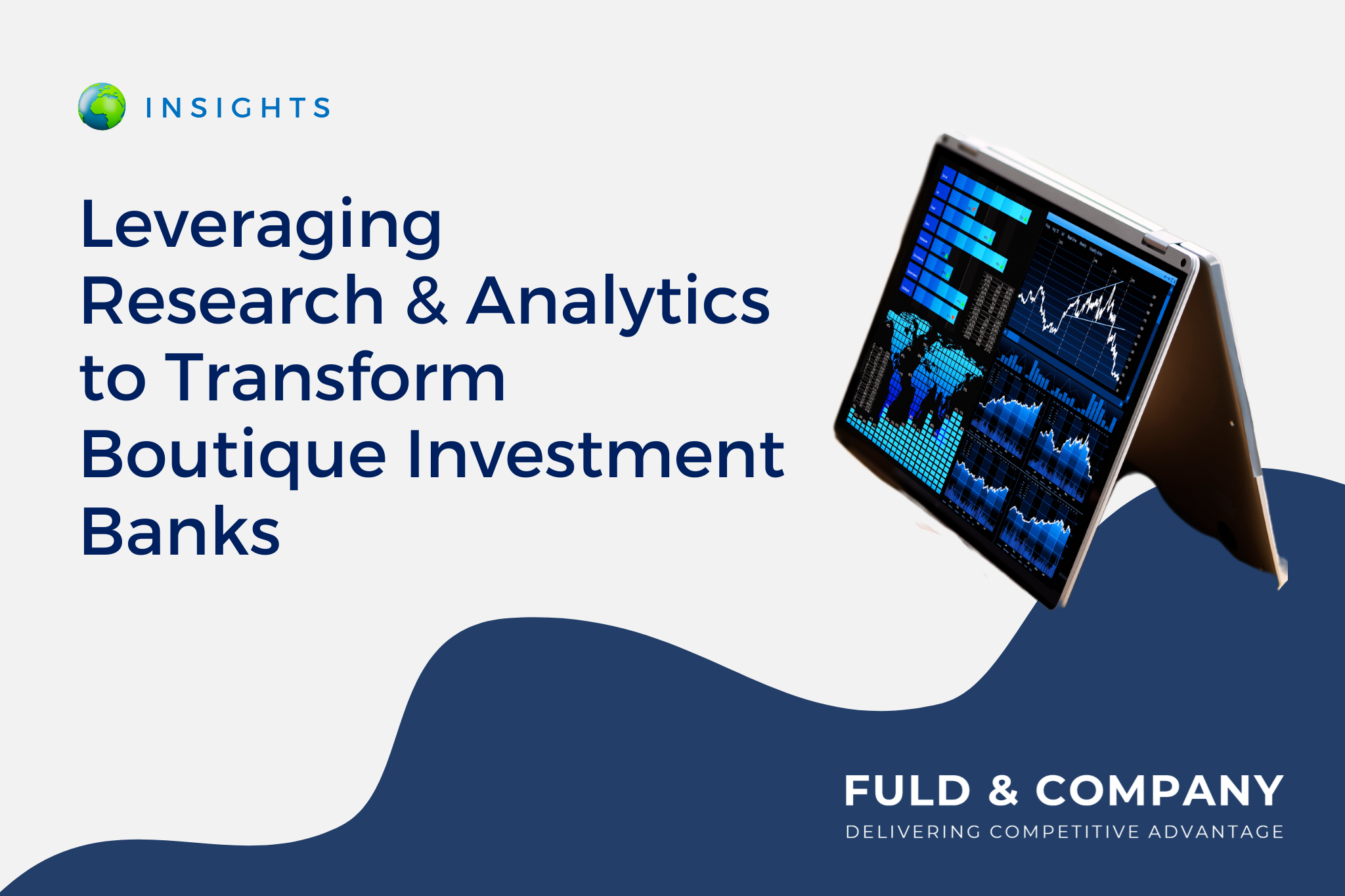AI and ESG: Pioneering a sustainable future through data-driven decisions
Posted by | Alok Tayal
The past five years have seen significant progress in raising global awareness of environmental, social, and governance (ESG) issues, leading to its increased prioritization by consumers, investors, and regulators. In response, companies are accelerating their plans to adopt ESG strategies to ensure long-term success. Advanced tools and the integration of Artificial Intelligence (AI) into ESG initiatives have emerged as for driving change within businesses, enabling them to analyze complex data, benchmark against best-in-class standards, enhance their decision-making, track progress, and drive positive social and environmental change.
This article explores the latest ESG trends to look out for, the types of tools being developed, and the transformative role of AI in advancing sustainability within the corporate world.
Latest ESG trends to look out for
| Climate Change Risk and the Road to Net Zero | Environmental and climate-related risks, including extreme weather events, water scarcity, and the failure to adapt to or mitigate climate change are among the top risks the world faces. ESG trends are increasingly dominated by businesses’ efforts to reduce their carbon footprint and achieve net zero emissions, ideally by 2050. The focus is on creating and following just and equitable transition plans that also take into account the impact on nature. |
| Biodiversity Loss | Businesses are increasingly being asked to consider how their operations impact biodiversity and to take steps to mitigate any negative effects. |
| Social Impact and Diversity and Inclusion | Companies that adopt employee-friendly policies are gaining a competitive advantage, especially following the “Great Resignation”. |
| Regulation and Disclosure | ESG regulations require companies to disclose their ESG performance and risks to investors, increasing transparency and accountability. Companies that fail to meet ESG standards may face reputational damage and loss of investor confidence. |
| Greenwashing | Stakeholders are becoming more critical of “greenwashing”, where companies make unfounded or misleading claims about their environmental practices or products. With widespread standardization and disclosure of information, firms could easily assess the sustainability impact of other firms and investments, helping accelerate the transition to more responsible and sustainable practices. |
| Carbon Pricing | Carbon pricing mechanisms are likely to become more widespread as part of energy transition efforts. Governments are expected to include these in their policies to make economies more sustainable. |
| Renewable Energy | There is an accelerated push towards renewable energy sources to achieve net zero goals. The urgency for this transition has increased, especially in Europe, as a result of geopolitical concerns. |
| ESG-linked investments | The ESG investment market is experiencing a growth trend as stakeholders at all levels recognize the social value and opportunities associated with sustainability, which is now significantly impacting decision-making. Boards, investors, and consumers are increasingly motivated by ESG considerations, meaning that firms failing to adapt or reprioritize may jeopardize their long-term growth prospects. |
Latest ESG tools
From top management consulting firms to large global data houses, companies around the world are developing ESG-focused tools. These tools enable companies to measure their sustainability activities, track progress, and make data-driven decisions to enhance their environmental and social impact while maintaining strong governance practices. In addition, ESG tools help investors evaluate the sustainability and ethical performance of potential investments. Define, track and measure decarbonization goals:
Tools focused on decarbonization goals allow organizations to set industry-specific goals by providing the industry appropriate benchmarks.
- Decarbonization strategies can be customized based on the industry, emissions data, and target goals: these tools also help organizations define the optimum strategy or action plan to meet the decarbonization goals. The action plans clearly define steps and timelines, considering an organization’s existing carbon emission status, future goals, and industry benchmarks.
- The tools allow organizations to track progress against their plan by sourcing emission data from clients’ internal ERP systems and other third-party sources and recommend course correction in the event of a deviation from actual plans.
Climate risk assessment
These analytics platforms support organizations with climate-related risk reporting, analysis, and disclosure. They can also analyze potential climate-related hazards or risks by time horizon, scenario, and geography.
- These tools help assess both physical and transition risk. Physical risk addresses the direct impact of climate change on physical assets and infrastructure, whereas transition risk is associated with the process of transitioning from a high-carbon economy to a low-carbon or climate-resilient economy
- Conduct risk assessments for the future: These tools assess climate risk for short- and long-term horizons based on robust predictive intelligence capabilities.
- Combine wide geographical coverage with granular spatial resolution: Powered by granular spatial data for geographies across the globe, these tools allow running a thorough assessment of climate risks faced by an organization. These tools have access to several thousand metrices concerned with flood, wind, heat, cold, rain, drought, wildfire, and other climate-related risk areas across different locations.
- Regulatory compliance and adherence to market standards: Many of these tools have embedded functionality to map climate risk data against regulatory frameworks or market standards, allowing organizations to better comply with requirements.
ESG risk identification and quantification
Most of these tools are targeted at investors and provide ESG ratings/scores to private companies or potential investment targets. These tools not only collect, quantify and report emission data for a company but also capture this data across the supply chain by covering scope 2 and 3 emissions.
- Assist in ESG risk reporting (EU Taxonomy, Green Asset Ratio, Disclosure Templates) and allow organizations across regions and industries to report their data in a structured manner.
- Separate ESG score into sub-scores to illustrate the different risk drivers. In addition to generating scores at the company level, these tools also publish consolidated benchmarks at the sector and sub-sector level, along with risk drivers impacting these scores.
- Custom dashboards to filter information and visualize outcome capabilities deliver a dynamic and visually appealing front end UI.
Effective ESG reporting
These tools help organizations map disclosure across key frameworks such as BRSR, SASB, GRI, and TCFD.
- Track and comply with evolving ESG regulations. They also track all the changes in these international standards and make required amendments in reporting to ensure that they meet client expectations.
- Automate processes to ensure informational consistency and efficiency. They also automate data collection processes from both client ERP systems and external sources through APIs and feeds. This ensures faster and more efficient ESG outcomes.
- Calculate metrics such as Scope 1 and Scope 2 emissions, water withdrawal, and waste production.
AI and ESG integration: A synergistic approach
Artificial Intelligence is revolutionizing the way businesses are tackling their approach to ESG challenges. By integrating AI, companies can gather, analyze, and interpret vast amounts of data, gaining valuable insights that lead to more informed decision making. Here is a breakdown of how AI is transforming ESG initiatives:
ESG Competitor Intelligence and Reporting: Capture ESG parameters of target companies/competitors from databases, web scrapes, and company documents, and visualize them with live BI dashboards.
ESG Risk Measurement/Score: Quantify ESG risk for a company, competitors, and other players in an ecosystem by leveraging over 100 ESG metrics (such as water consumption, CO2 emissions, climate risk, temperature and weather assessment, wind, and renewable energy production) and historical ESG developments (such as losing ESG investors, socially conscious customers, or regulatory violations).
Calculate Supply Chain Sustainability Score: Capture ESG parameters for suppliers, develop ESG risk scores, and identify favorable regions, countries and companies for future sourcing needs. Models are created across the supply chain by assessing Scopes 2 and 3 emissions alongside country risk, macro and micro economic data, currency futures, energy prices, interest rates, and the political and regional security environment.
Brand ESG Index: Leverage data from social platforms, the marketplace, consumer surveys, reviews, specialist ESG sources, and brands’ disclosure to develop an ESG index for brands. This can then be linked with a brand’s financial performance.
ESG RoI Calculation: Assess the financial impact of ESG investments by evaluating associated costs and financial gains. Data is gathered through internal systems such as SAP and overlayed with external data.
ESG KPI and Benchmarking: Analyze data across a company’s ESG parameters to develop industry-specific benchmarks.
Predictive Analytics for ESG Performance: Forecast a company’s ESG performance using AI-driven predictive analytics based on historical data and ongoing trends. This assists businesses to set realistic ESG goals and evaluate the impact of their sustainability initiatives.
ESG Investment Strategies: AI algorithms are deployed to develop ESG investment portfolios that align with investors’ specific sustainability goals. AI can screen companies based on their ESG performance, resulting in more accurate and targeted investment decisions.
Natural Language Processing (NLP): Leverage NLP technology to enable AI to interpret and understand human language. This facilitates sentiment analysis, helping companies gauge public perception of their ESG efforts and respond effectively to feedback.
Challenges and Ethical Considerations
While the integration of AI and ESG offers numerous benefits, it is essential that potential challenges and ethical considerations are addressed. Some key points to consider include:
- Data Privacy and Security: AI requires vast amounts of data, and ensuring data privacy and security is paramount. Companies must adhere to strict data protection regulations to safeguard sensitive information.
- Algorithmic Bias: AI algorithms are only as unbiased as the data they are trained on. Companies must exercise caution to prevent perpetuating existing biases in their ESG initiatives.
- Transparency and Accountability: As AI plays an increasingly significant role in ESG decision-making, it is crucial that companies are transparent about their AI applications and are accountable for the outcomes of AI-generated actions.
Conclusion
The integration of AI and ESG is shaping a new era of corporate sustainability. AI-driven insights enable businesses to make data-backed decisions, address ESG challenges proactively, and create positive impacts on society and the environment. As technology continues to advance, it is essential companies harness AI’s potential responsibly to ensure that the pursuit of profit aligns with the promotion of a sustainable future. By embracing AI and ESG together, businesses can build a more resilient and equitable world.
Tags: Artificial Intelligence, ESG, Sustainability
















